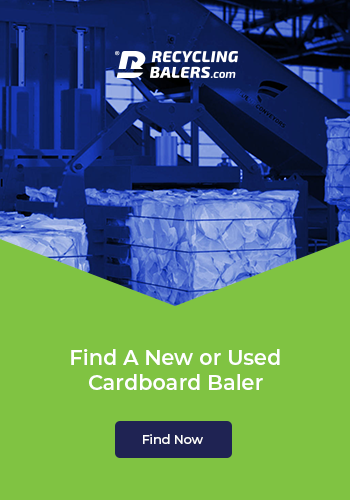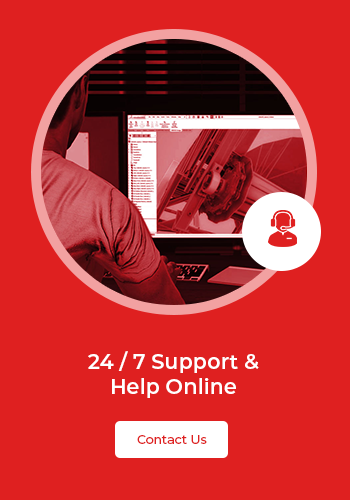The Importance Of Feeding A Horizontal Baler Correctly
Baler jams are one of the most common disruptions in baling operations. For manufacturers and the equipment teams that run balers, there is a constant need to ensure that baler jams are kept at a minimum. There are two main issues that baler jams cause. Productivity is the main issue, but poor maintenance or user habits can also lead to baler jams or broken equipment that can potentially result in injuries. Feeding your baler using the right methods is vital, but even with the most thorough preparation and maintenance schedule, baler jams and disruptions can still occur. Understanding the causes of them and how to feed a baler correctly, which ensures jams are minimized, is vital.
Issues with Mismatched Materials
Your baler will have been designed to handle very specific materials. Although there is a wide range of balers available that are perfectly capable of handling material variations, there are still limits to what they will be able to handle and process. You must use your baler for the purpose it was designed for. The wrong materials may cause damage to the shear blade, and that will generally tend to cause rapid issues with shear blade jams. This is where the shear blade is unable to break down the material because it is simply not designed to do so. This is one of the most damaging jams because they cause undue wear and tear on the shear blade and the structural integrity of the baler. Make sure that you have the right shear blade and that it is looked after regularly.
Baler Feeding and Overloading
If you fail to load your baler correctly, then you run the risk of having too much input of material into your charge box. Other issues with feeding your baler too quickly are that you may introduce materials that are not meant for your system. This type of error is more commonly seen in two-ram balers because those systems have exposure to more diversity in material processing. Loading too quickly can lead to the introduction of overly dense materials or an object that the system is unable to break down. This is not simply caused by a lack of control when introducing material to the conveyor. Sometimes, it is the conveyor belt itself that is moving too quickly. A steady flow of material is vital for avoiding baler jams.
Technology Innovations
Many modern balers come with a variety of high-tech innovations that are intended to make loading a baler safer and more seamless, helping to avoid potential baler jams. Many of these innovations relate to the control box, where automation is the focus, and systems can shut down as soon as there is too much material being introduced at any given time. These kinds of management systems give operators much more control. Full penetration cylinders are also becoming essential must-haves.
Tips for Improved Baler Feeding
Operating your machinery in the right way is always going to minimize the potential for disruption or breakages. Knowing how to avoid overfilling and having a regular maintenance schedule is critical. However, operators will also need to focus on:
● Training: This will need to be done whenever a new baler is installed. Refresher sessions should also be a priority, especially in settings with high staff turnover. As much as automation is changing the workspace, manual sorting is still a crucial component of baling operations.
● Spare Parts: When you are looking through your options when buying a new baler, remember to make sure that spare parts are easily available. Pay particular attention to shear blade availability. If parts are not easily available, then you put your operation at risk of total shutdown.
● Preventative Maintenance: Never wait for your baler to break down before working on maintenance. There needs to be a strict schedule of maintenance that is carried out during shutdowns. Modern balers may offer remote logistics, and this can be very useful for identifying potential issues before they become critical.
Feeding a baler in the right way is vital for a smoother workflow and fewer repair costs. The combination of having the right baler, understanding the need for consistency in the feed, and having the right focus on maintenance is as crucial as ever. If you want to minimize workflow disruptions and downtime, then baler feeding could be more important than you realized.



